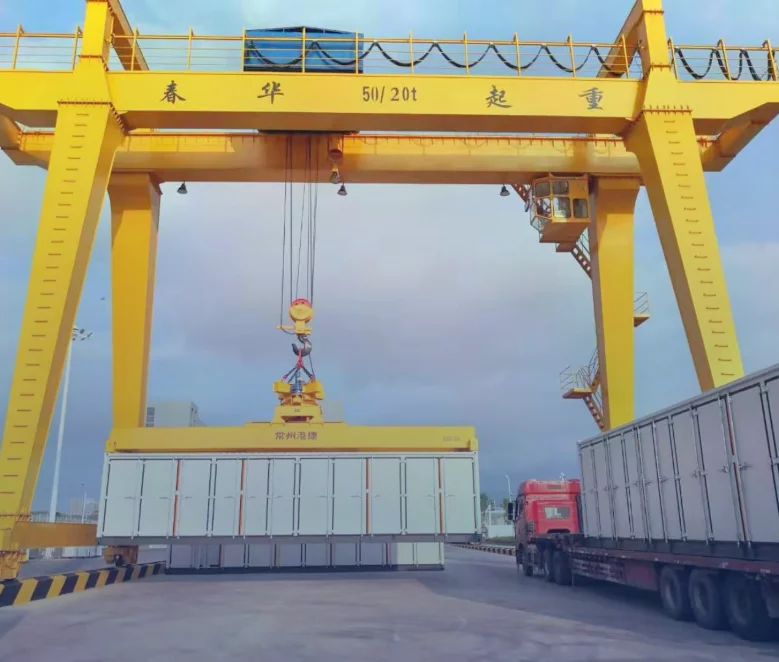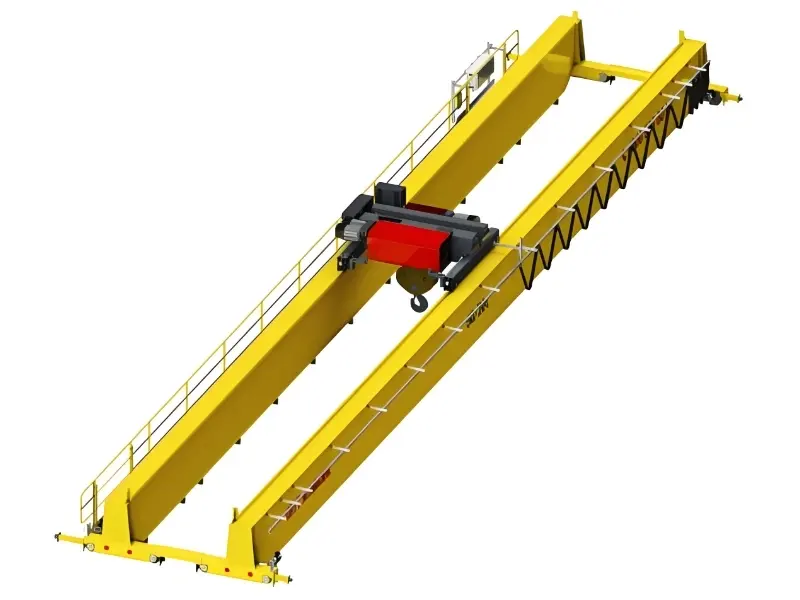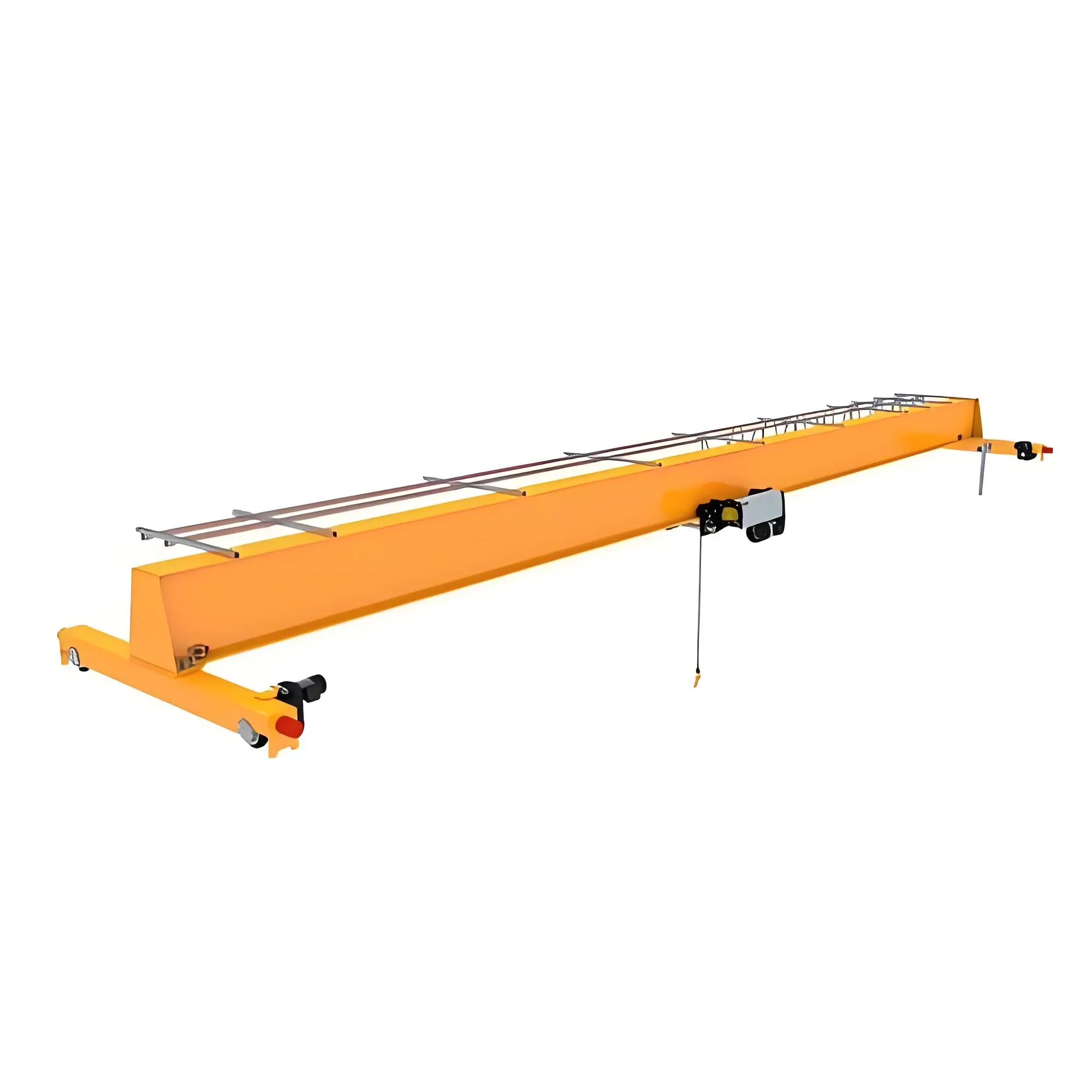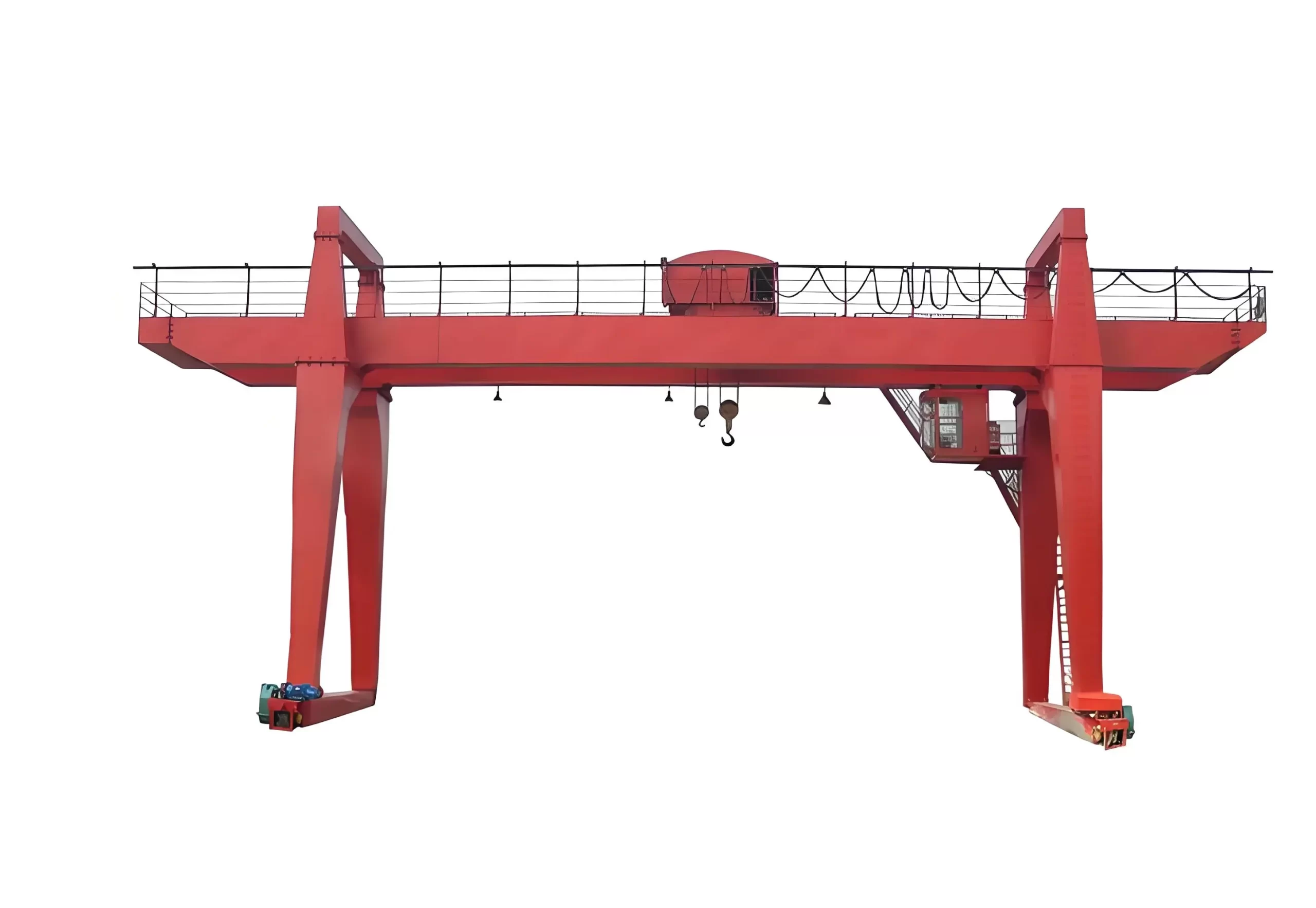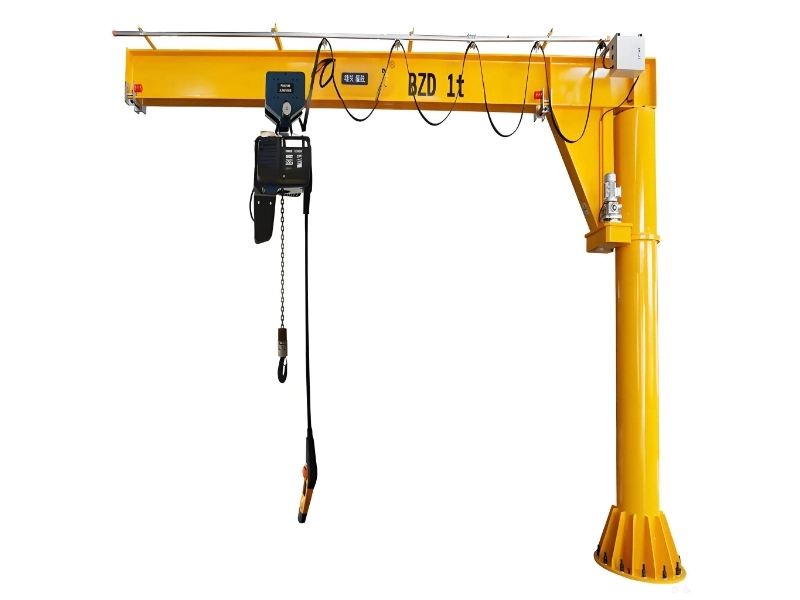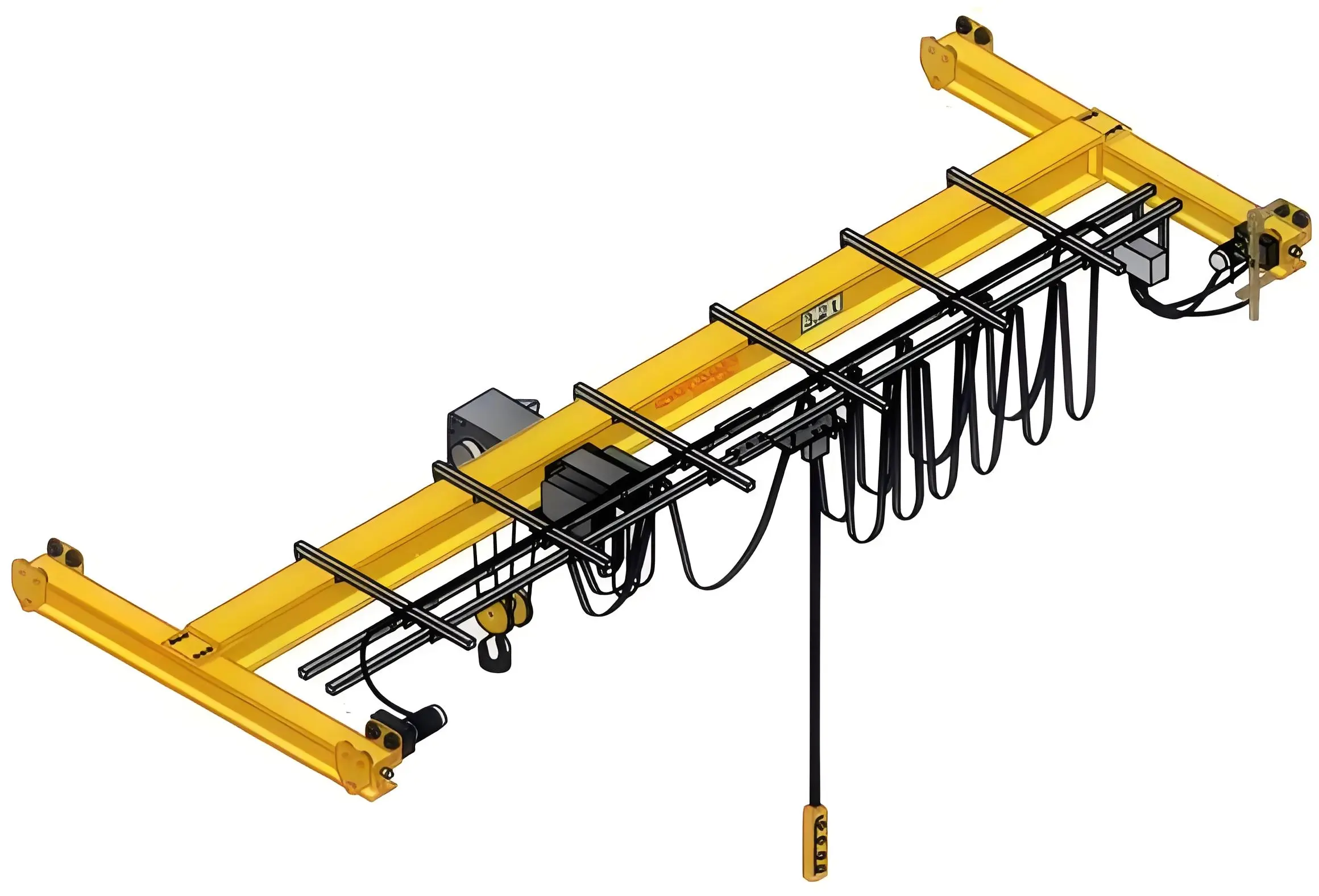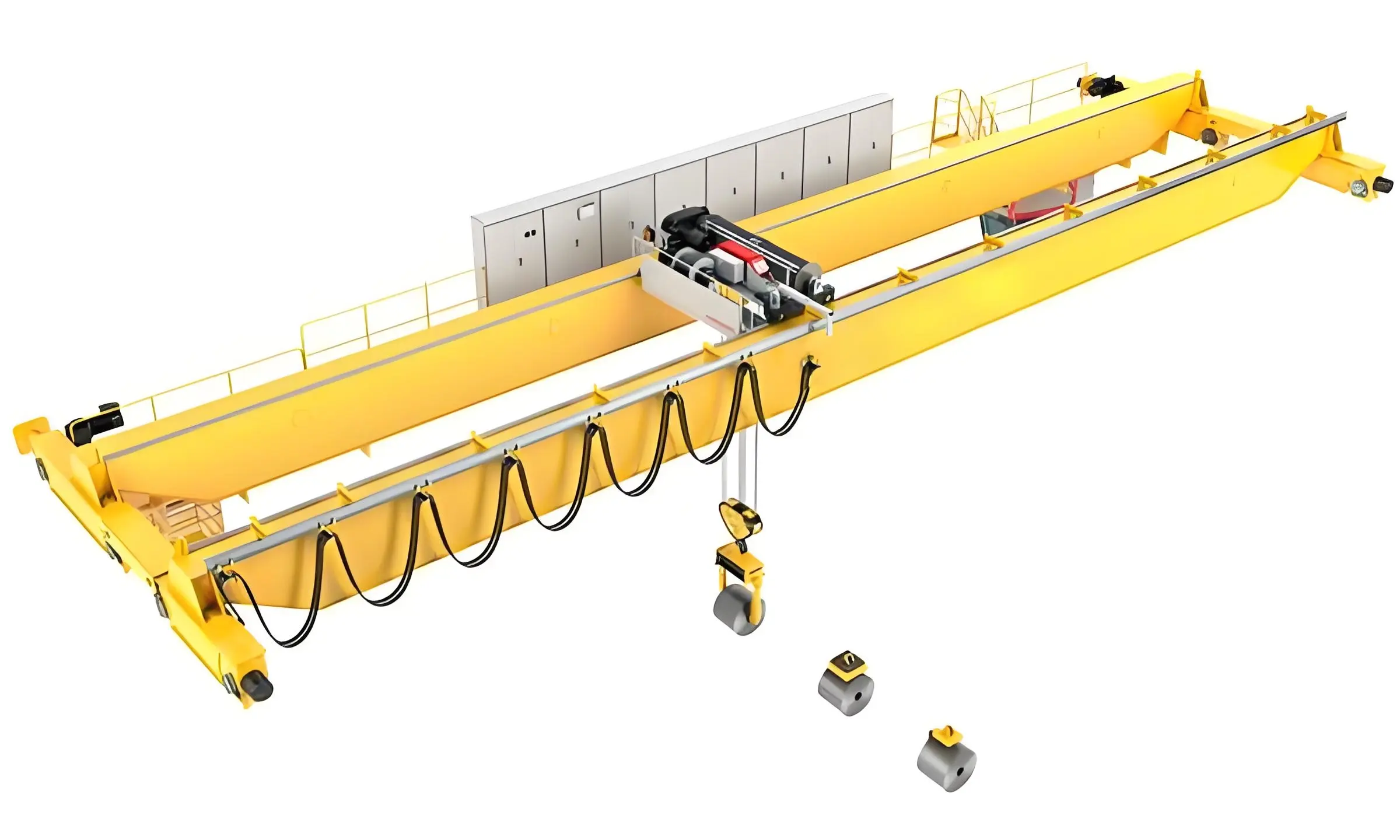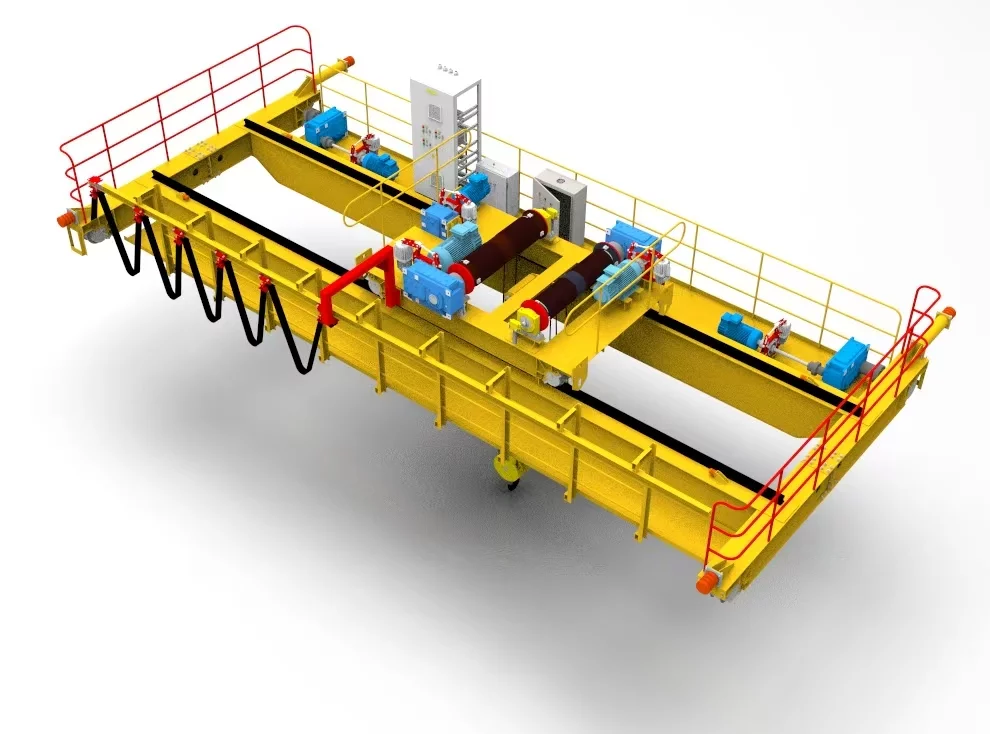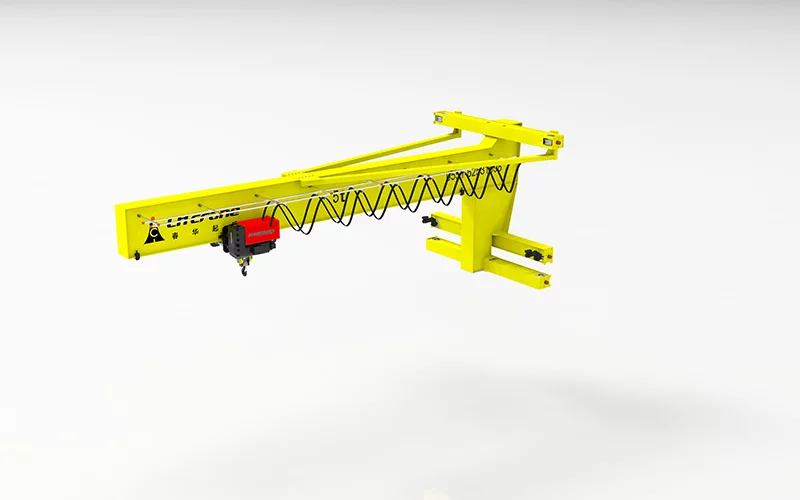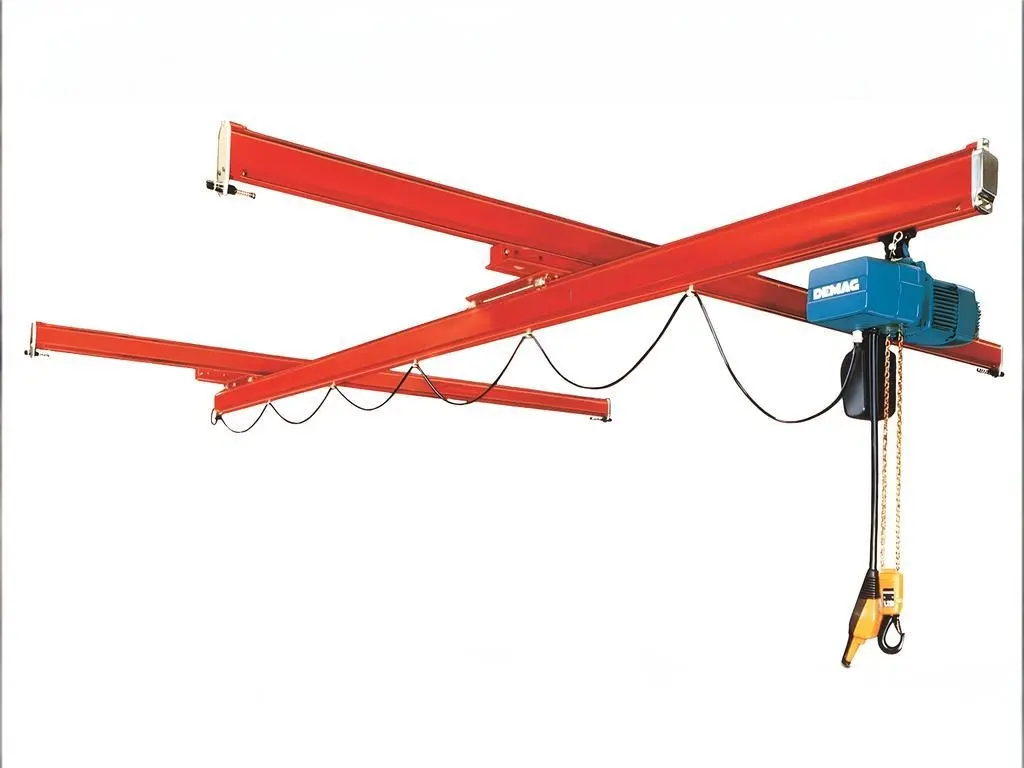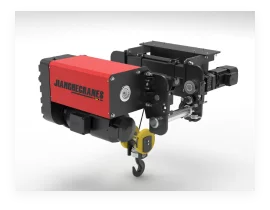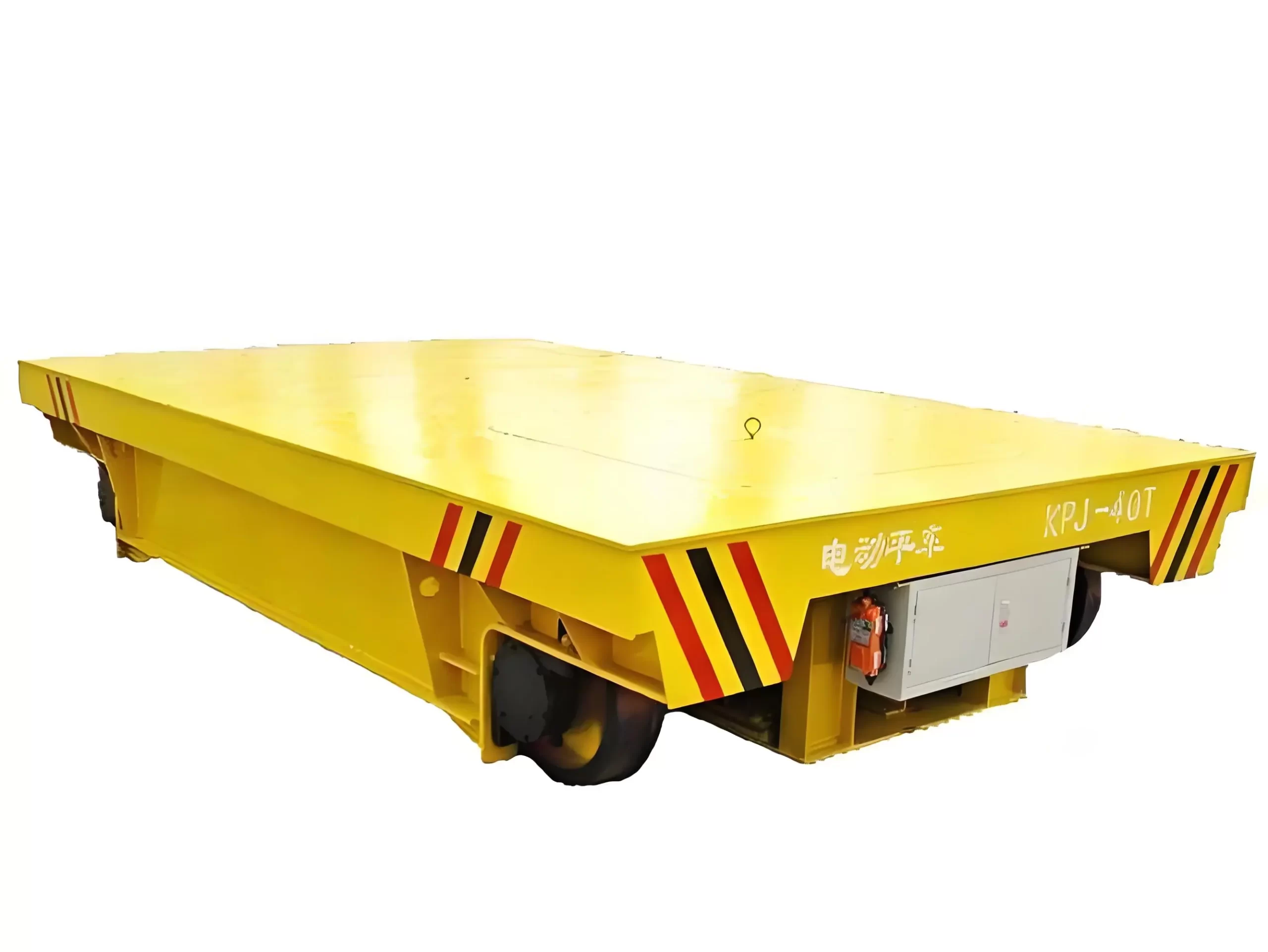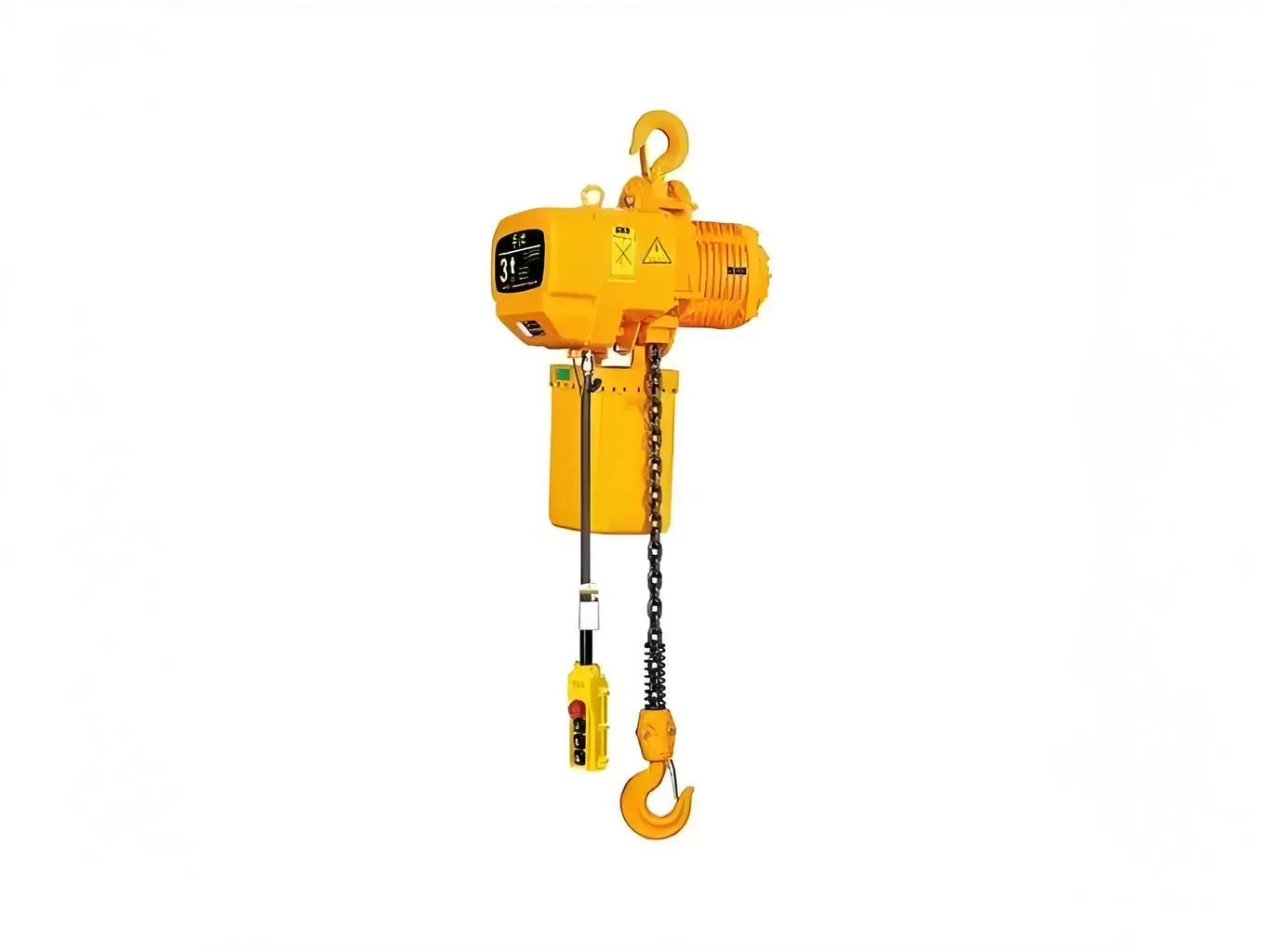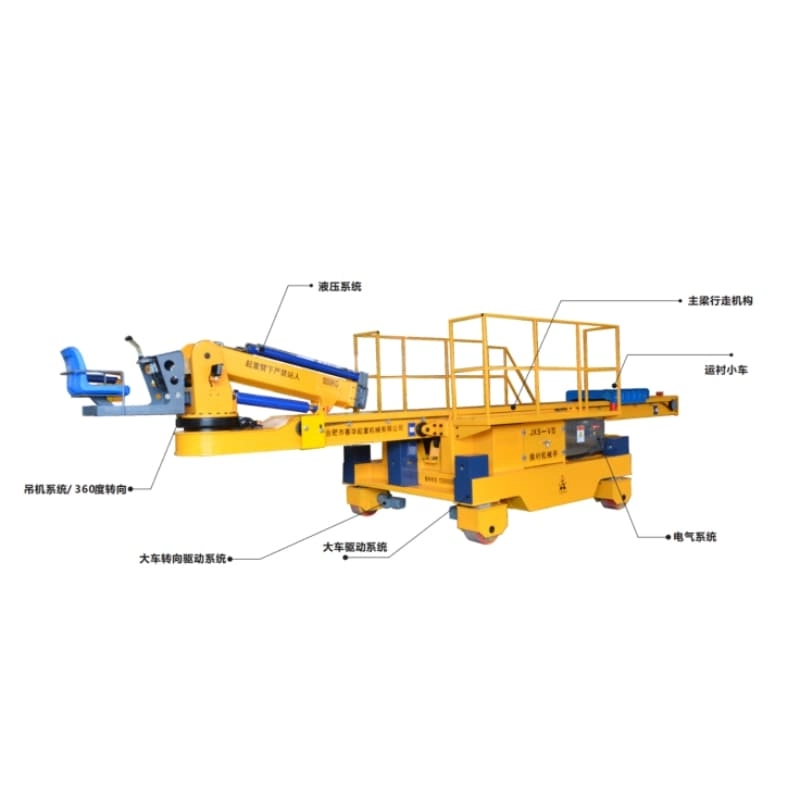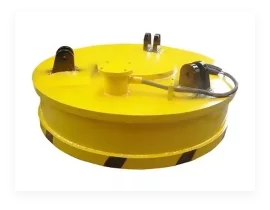-
06
2025/01
Chunhua New Force – Fully Automatic Intelligent Crane Shines China’s “Intelligent Manufacturing”
In a painting workshop in Hunan province Chunhua Intelligent Crane 6 units linked together Systematically implement unmanned operation of painting process flow. Inside an aluminum coil factory in Henan provinceChunhua intelligent crane with daily homework exceeding 18 hoursAccurately grasping aluminum coil These cranes, without exception, are all detected and alerted in a more intelligent way, not just by sight; Manage in a better way, propose solutions, not just for testing; Use more data analysis, integra...
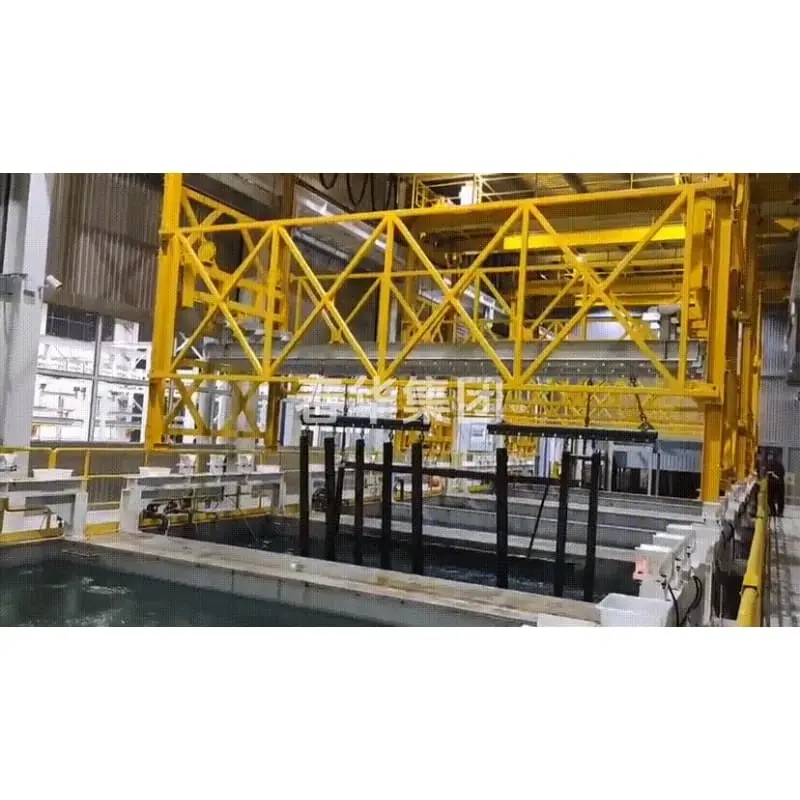
-
06
2025/01
Crossing the coastline, Chunhua Crane continues to expand its international circle of friends
As early as 2007, Chunhua Crane had already shone in overseas markets with its excellent quality and ultra-high cost-effectiveness advantages, exporting to countries such as Thailand, Laos, the Philippines, Zambia, and Mexico. Today, Chinese manufacturers have ushered in an era of both opportunities and challenges. In the highly competitive internal environment, the saying 'if you don't go abroad, you'll be out' seems to point us in the direction of future progress. In April 2023, Chunhua once again expanded its internation...
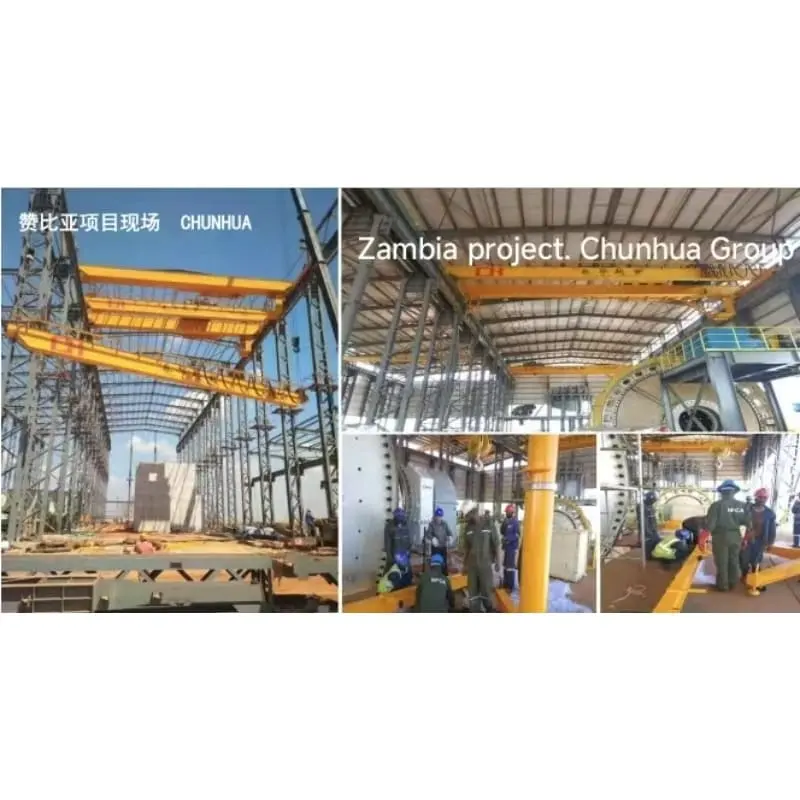
-
27
2024/12
What is the use of double girder crane?
A double girder crane is an overhead crane designed with two parallel girders (beams) that support the bridge and the lifting mechanism. This configuration makes double girder cranes suitable for handling heavy loads and applications requiring increased lifting height, stability, and precision. Below are the primary uses and benefits of double girder cranes: 1. Handling Heavy Loads:Double girder overhead cranes are ideal for applications that involve lifting and transporting very heavy loads, such as large machinery, heavy ...
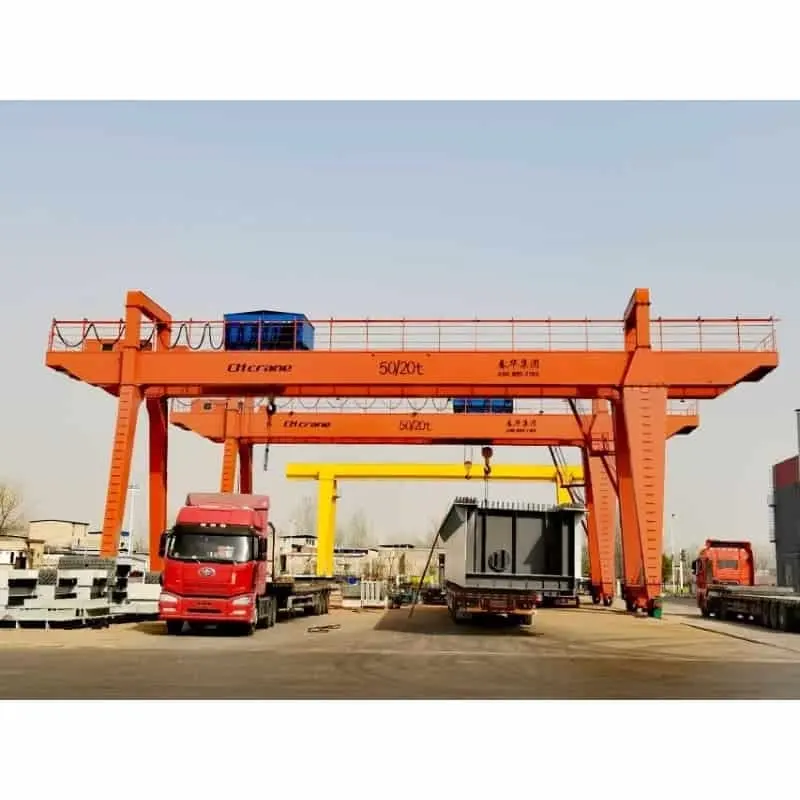
-
05
2024/12
Applications and uses of cantilever cranes
cantilever cranes (also known as arm cranes, Jib cranes) have adjustable arm lengths, are flexible to operate, and take up little space. Through the combination of brackets and rotating arms, they can carry and lift heavy objects within a certain range and are widely used in various industries. Main applications and uses of cantilever cranes: 1. Workshops and Factories Use: cantilever cranes are widely used in manufacturing workshops to transport, assemble and position heavy equipment, parts or tools. Advantage...
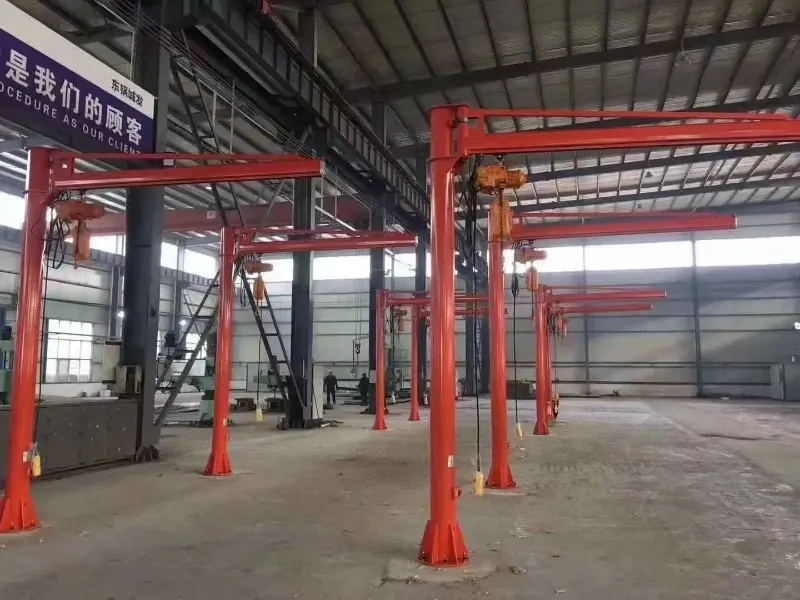
-
19
2024/11
Double Girder Crane VS Single Girder Crane
When it comes to bridge overhead cranes, single girder and double girder cranes are two of the most common types. Each has its own set of advantages and limitations, making them suitable for different applications depending on factors like load capacity, height requirements, and space considerations. Below is a detailed comparison of both types of cranes: Choose a Single Girder Crane if your operation involves lighter loads, requires less headroom, or is operating in a space with height constraints. It’s also the mo...
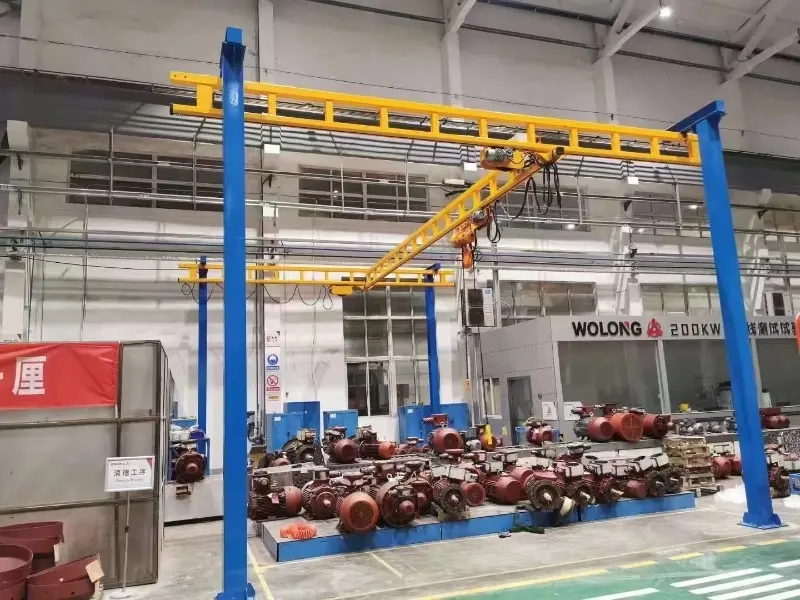
-
07
2024/11
What Are The Different Types Of Crane Girders?
The crane girder is a critical load-bearing structure in a crane, supporting the crane's primary working load. Different types of girders are designed for various operational environments and load requirements. Below, I will provide a more detailed analysis of each common type of girder, including structural features, advantages, disadvantages, and application scenarios. Single Girder Crane Structural Features: The single girder crane has a simple design with only one main beam supporting the entire weight and load o...
